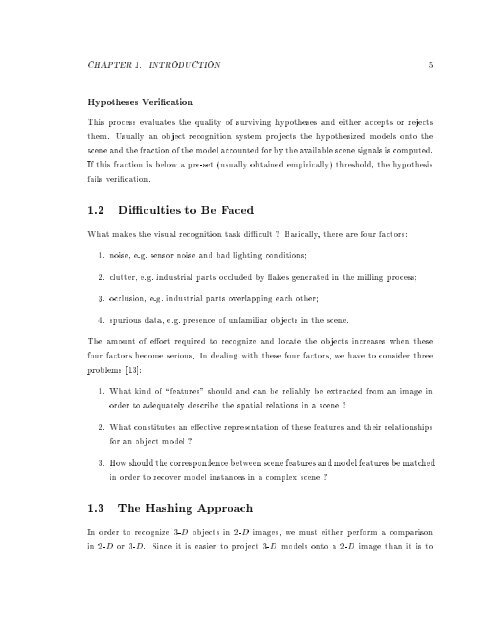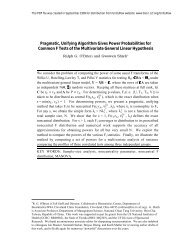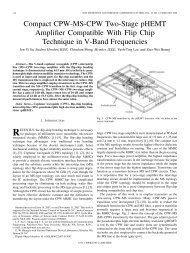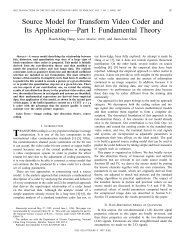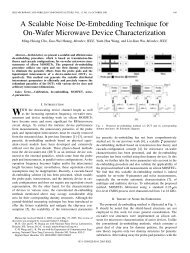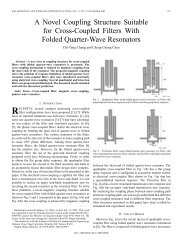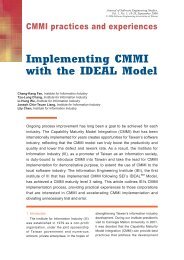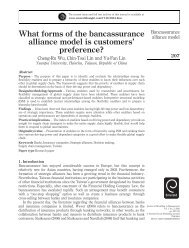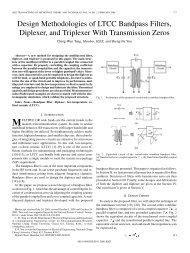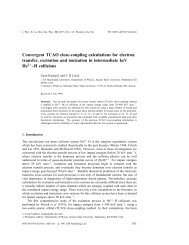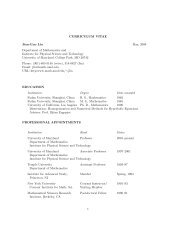A Probabilistic Approach to Geometric Hashing using Line Features
A Probabilistic Approach to Geometric Hashing using Line Features
A Probabilistic Approach to Geometric Hashing using Line Features
Create successful ePaper yourself
Turn your PDF publications into a flip-book with our unique Google optimized e-Paper software.
CHAPTER 1. INTRODUCTION 5<br />
Hypotheses Veriæcation<br />
This process evaluates the quality of surviving hypotheses and either accepts or rejects<br />
them. Usually an object recognition system projects the hypothesized models on<strong>to</strong> the<br />
scene and the fraction of the model accounted for by the available scene signals is computed.<br />
If this fraction is below a pre-set èusually obtained empiricallyè threshold, the hypothesis<br />
fails veriæcation.<br />
1.2 Diæculties <strong>to</strong> Be Faced<br />
What makes the visual recognition task diæcult ? Basically, there are four fac<strong>to</strong>rs:<br />
1. noise, e.g. sensor noise and bad lighting conditions;<br />
2. clutter, e.g. industrial parts occluded by æakes generated in the milling process;<br />
3. occlusion, e.g. industrial parts overlapping each other;<br />
4. spurious data, e.g. presence of unfamiliar objects in the scene.<br />
The amount of eæort required <strong>to</strong> recognize and locate the objects increases when these<br />
four fac<strong>to</strong>rs become serious. In dealing with these four fac<strong>to</strong>rs, we have <strong>to</strong> consider three<br />
problems ë13ë:<br />
1. What kind of ëfeatures" should and can be reliably be extracted from an image in<br />
order <strong>to</strong> adequately describe the spatial relations in a scene ?<br />
2. What constitutes an eæective representation of these features and their relationships<br />
for an object model ?<br />
3. How should the correspondence between scene features and model features be matched<br />
in order <strong>to</strong> recover model instances in a complex scene ?<br />
1.3 The <strong>Hashing</strong> <strong>Approach</strong><br />
In order <strong>to</strong> recognize 3-D objects in 2-D images, we must either perform a comparison<br />
in 2-D or 3-D. Since it is easier <strong>to</strong> project 3-D models on<strong>to</strong> a 2-D image than it is <strong>to</strong>


